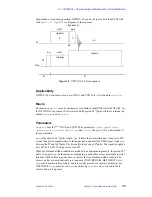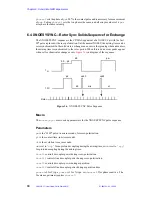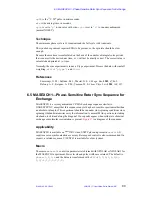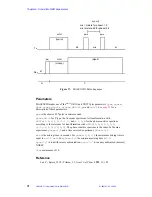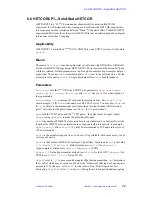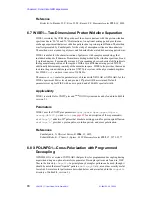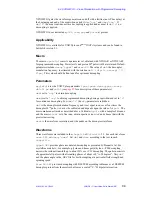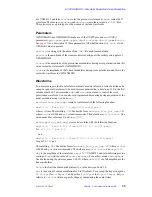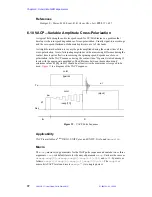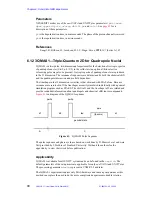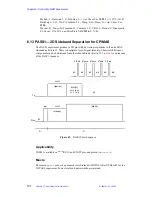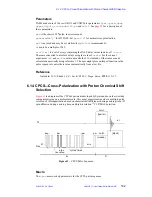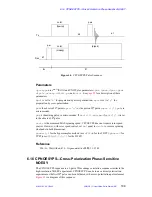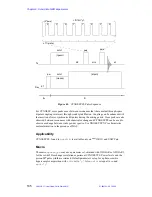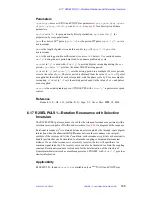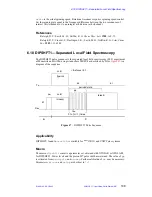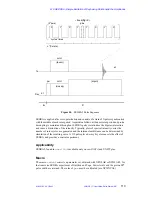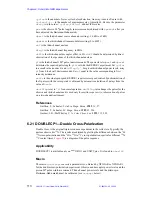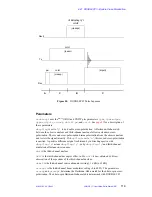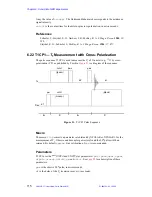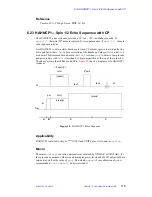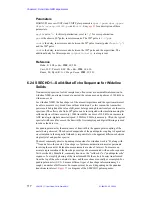
6.14 CPCS—Cross-Polarization with Proton Chemical Shift Selection
01-999162-00 C0402
VNMR 6.1C User Guide: Solid-State NMR
102
Parameters
PASS1 makes use of the
UNITY
INOVA and UNITYplus parameters
tpwr
,
tpwrm
,
dpwr
,
cppwr
,
dipolr
,
crossp
,
dblvl2
,
pw
and
cntct
. See
for a description of
these parameters.
pwx
is the observe 90
°
pulse, in microseconds.
pass
is set to
'y'
for 2D PASS. Set
pass='n'
for normal cross polarization.
sw1
is not used and may be set arbitrarily (
sw1=16
is recommended).
nt
must be a multiple of 243.
a(n)[(m)]
is a set of arrays containing the PASS delay values in units of
1/srate
.
These are converted to absolute delays using the value of
srate
. For the current
experiment
n=6
and
m=16
to obtain a manifold of 16 sidebands. Other values can be
calculated numerically using reference 1. The user might place an import function in the
pulse sequence to enter these values automatically from a text file.
Reference
Antzukin, O. N.; Shekar, S. C.; Levitt, M. H. J. Magn. Reson. 1995, 115A, 7.
6.14 CPCS—Cross-Polarization with Proton Chemical Shift
Selection
is a diagram of the CPCS experiment developed by Spiess and coworkers to study
component mixing on a molecular scale. This novel experiment involves a multiple-pulse
selection of
1
H magnetization based on chemical shift differences during a mixing time,
1
H
spin diffusion during a mixing time, and high-resolution
13
C CP/MAS detection.
Macro
The
cpcs
macro sets up parameters for the CPCS pulse sequence.
Figure 43. CPCS Pulse Sequence
cntct
cntct
(tpwrm)
(crossp)
(dipolr)
Tx
Dec
at
d1
A
C
mix
pw
pw
pw
dtau
tau+dtau
pw
'cycles' times

